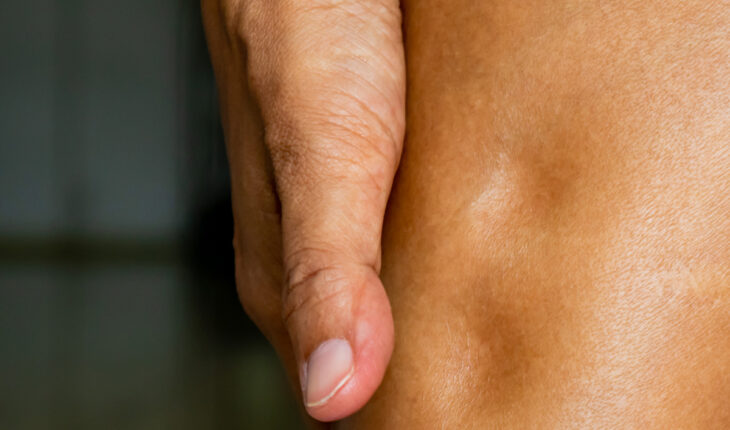Finding out if you suffer from edema is actually not that difficult. In fact, you can make this diagnosis yourself, and you do not necessarily have to make an appointment with your healthcare provider. You can see the swelling yourself, which makes it an easy diagnosis. When you are in doubt, you can also do a little test. Put a little pressure – like a finger prick – on the swollen skin for a few seconds and once you release the pressure and the skin retains a dimple or pit for a few seconds, you probably have this condition.

Are There Any Treatment Options
As said on the previous page, most cases are mild and are nothing to worry about, but still, you are suffering from a swollen body part, and you probably don’t know the underlying reason – unless you are on your period, in an airplane, or pregnant of course. That’s why it’s important to make an appointment with your healthcare provider.
He or she will do a physical exam and confirm your diagnosis, should you suffer from edema. Once you’re diagnosed, your healthcare provider will check what the underlying reason for the edema is, so make sure you tell them the whole story. For example: Are you on birth control and/or using other medication? Do you have an office job, where you have to sit all day? Are you suffering from diabetes or experiencing painful and heavy legs?
Lifestyle Changes
These are just a few examples, of things your healthcare provider needs and want to know. Why? You might ask? Sometimes you don’t need a treatment plan, like medication. Sometimes edema can disappear with a few lifestyle changes like:
- Decrease the salt intake
- Loose or gain weight
- Exercise regularly
- Avoid extreme temperatures
- Dress warm in cold weather
- Changing medication
- Elevating your legs when laying down
Unfortunately, it is also common that just changing one’s lifestyle is not enough. Your healthcare provider may then prescribe medication. Other treatment options to reduce swelling are wearing compression garments, like support socks, sleeves, and stockings, physiotherapy, and getting additional oxygen. As you can see, treatment really depends on what type of edema you are having and what the underlying health condition is. In case you have got a chronic disease, are pregnant, or are a senior citizen and experience swelling and/or trouble breathing, make sure to go to an emergency room and get checked out, as these (combination of) symptoms can lead to disastrous outcomes.

